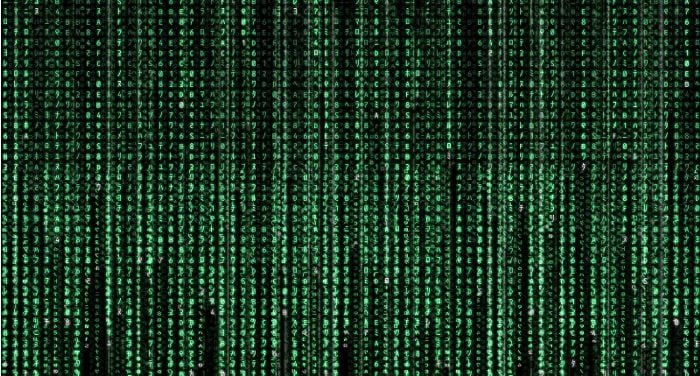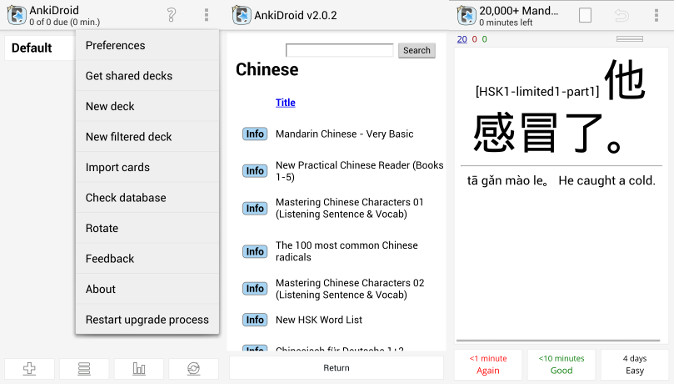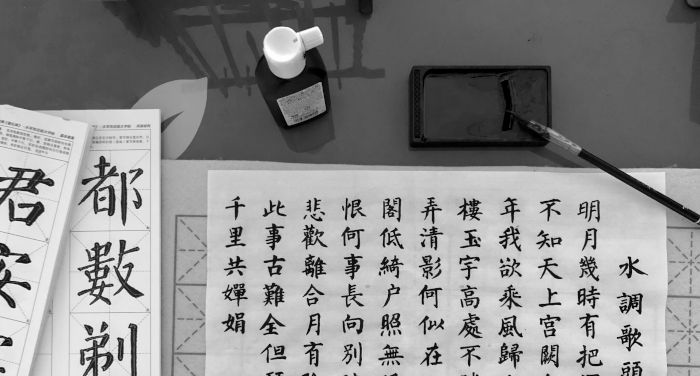
According to my personal experience, the Chinese numeric system is one of the most complicated aspects of the Chinese language, especially when it comes to numbers greater than 10,000.
For this reason I decided to write this article in the hopes that I can help those poor students of the Chinese language that are facing this tough subject!
Numbers 1 to 10
The numbers in the left-hand column are used at all times, those in the right-hand column are used only in banking situations and are what are found on banknotes.
The writing is different so as to avoid scams since it would be easy to add strokes to the numbers on the left. The numbers on the right are pronounced the same way as those on the left and are commonly known as daxie shuzi 大写数字 (capital numbers).
Here they are:
Yī, 一, 壹
èr, 二, 贰
sān, 三, 叁
sì, 四 , 肆
wǔ, 五,
liù, 六, 陆
qī, 七, 柒
bā, 八, 捌
jiǔ, 九, 玖
shí, 十, 拾
Composing the numbers between 1 and 99 is easy, here’s some examples:
12 十二(ten plus two);
24 二十四 (two times ten plus four);
58 五十八 (five times ten plus eight);
99 九十九 (nine times ten plus nine).
Numbers greater than 100
What was mentioned previously also goes for units over 100, so here too you’ll find a variant of these units that are mainly used in banking procedures but only for hundreds and thousands.
bǎi 百 (Hundred) yībǎi 一百 (100) 佰 (大写数字)
qiān 千 (Thousand) yīqiān 一千 (1,000) 仟 (大写数字)
wàn 万 (Ten Thousand) yīwàn 一万 (10,000)
yì 亿 (Hundred Million) yīyì一亿 (100,000,000)
Numbers up to 9,999
When it comes to numbers up to 9,999 it isn’t too difficult, here are some examples:
325 = 三百二十五;
478 = 四百七十八;
876 = 八百七十六;
549 = 五百四十九;
1,670 = 一千六百七十;
2,489 = 两千四百八十九;
3,482 = 三千四百八十二;
9,999 = 九千九百九十九.
The number 0 (líng,零)
The number 零 can be used when the place for tens or hundreds is empty so long as there’s a number before or after the zero. For example:
7,066 = 七千零六十六
9,102 = 九千一百零二
When there are two consecutive empty spaces, the zero is only used once:
6,006= 六千零六
Numbers from 10,000 to 100,000,000
Now here’s the hard part: numbers from 10,000 to 100,000,000.
The Chinese distinguish the categories of “tens”, “hundreds”, “thousands”, “tens of thousands”, “hundreds of millions”. The numbers between ten thousand and a hundred million are are read in terms of “tens of thousands”.
Here they are:
1,000 一千 (a thousand);
10,000 一万 (a “ten thousand”);
100,000 十万 (ten “ten thousands”);
1,000,000 一百万 (a hundred “ten of thousands”);
10,000,000 一千万 (a thousand “ten thousands”);
100,000,000 一亿;1,000,000,000 十亿.
Here are a few examples:
25,250 = 两万五千二百五十, or 2 “ten thousands” plus 5,250.
225,250 = 二十二万五千二百五十, or 22 “ten thousands” plus ,5250.
2,225,250 = 两百二十二万五千二百五十, or 222 “ten thousands” plus 5,250.
22,225,250 = 两千二百二十二万五千二百五十, or 2,222 “ten thousands” plus 5,250.
522,225,250 = 五亿两千二百二十二万五千二百五十, or 5 “hundreds of millions” plus 2,222 “ten thousands” plus 5,250.
987,342,695,178 = 九千八百七十三亿四千二百六十九万五千一百七十八, or 9,873 “hundreds of millions” plus 4,269 “ten thousands” plus 5,178.
Here’s a trick that I use to compose large numbers.
Let’s take this number: 225,250.
Reading the number from the right, let’s put a comma on the fourth number: 22,5250
Every four units corresponds to a wàn, so a “ten thousand”.
If you follow the comma, now we have 22 “ten thousands” and then 5,250 (this is easy to compose).
Final result: 二十二万五千二百五十.
Let’s analyze another number: 2,225,250.
The same procedure, we’ll read the number starting from the right and put a comma on the fourth number: 225,5250
If every four units correspond to a wàn, it means that we have 225 “ten thousands”, so now all you need to do is make 5,250.
Final result: 两百二十二万五千二百五十.
Let’s analyze another number: 22,174,600.
Let’s read the number starting from the right and put a comma on the fourth number: 2217,4600. Here we have 2,217 “ten thousands”
Final result: 两千两百十七万四千六百.
Let’s look at a huge number: 987,342,695,178.
The same reasoning applies, let’s put commas after every four numbers: 9873,4269,5178.
This time however we start with “hundreds of millions”, so yì 亿 (Hundred million). Moreover, this time we’ll start from the left since the number is too long: so we have 9,873 “hundreds of millions”, 4,269 “ten thousands” and 5,178.
Final result: 九千八百七十三亿四千两百六十九万五千一百七十八.
When to use er二 and when to use liang 两?
Both express the meaning of “2”. The main difference is that 两 is used in combination with classifiers, in numerical constructions, such as: liang ben shu 两本书 (two books).
In composing numbers, 两 is acceptable only in front of bai 百 and qian千, so we can have 两百 (two hundred) or 二百 (two hundred); 两千 (two thousand) or 二千 (two thousand).
The difference in use depends only on where you live, but the Chinese will understand all the same.
Ordinal numbers
To make ordinal numbers all you need to do is use the prefix Dì第 before cardinal numbers:
Dì-yī 第一 (the first)
dì-èr 第二 (the second)
dì-sān 第三 (the third)
Arithmetic operations
Jiā 加 The sign +
Jiǎn 减 The sign –
Chéng 乘 The sign x
chúyǐ 除以 The sign :
děngyú 等于The sign =
Here are a few examples:
一加一等于多少?一加一等于二
Yī jiāyī děngyú duōshao? Yī jiāyī děngyú èr
1+1 makes what? 1+1 makes 2
四减二等于多少?四减二等于二
sì jiǎn èr děngyú duōshao? Sì jiǎn èr děngyú èr
4-2 makes what? 4-2 makes 2
四乘四等于多少?四乘四等于十六
sì chéng sì děngyú duōshao? Sì chéng sì děngyú shíliù
4×4 makes what? 4×4 makes 16
十六除以四等于多少?十六除以四等于等于四
shíliù chúyǐ sì děngyú duōshao? Shíliù chúyǐ sì děngyú děngyú sì
16:4 makes what? 16:4 makes 4
Photo Credits: ![]() Face (original 1) by Isaiah van Hunen
Face (original 1) by Isaiah van Hunen



